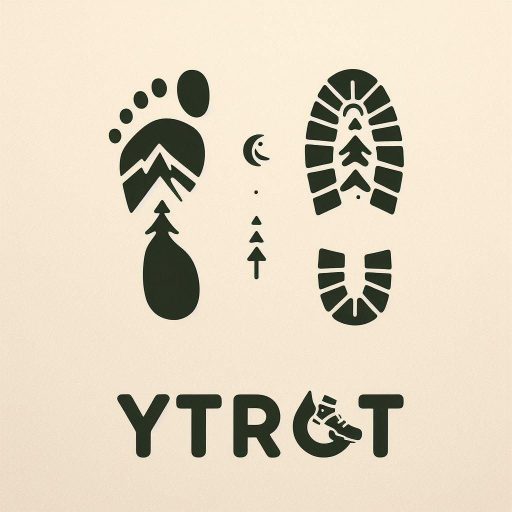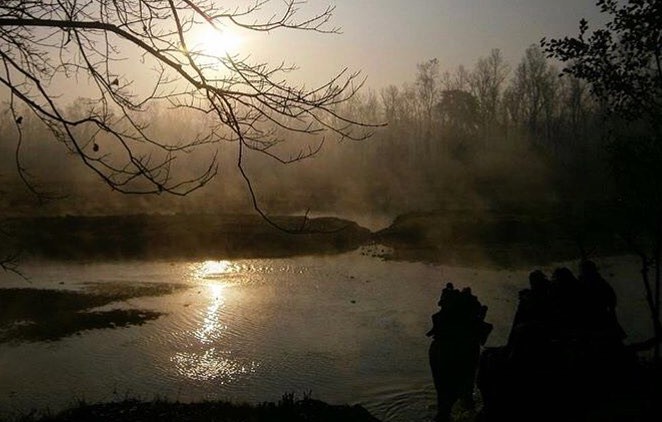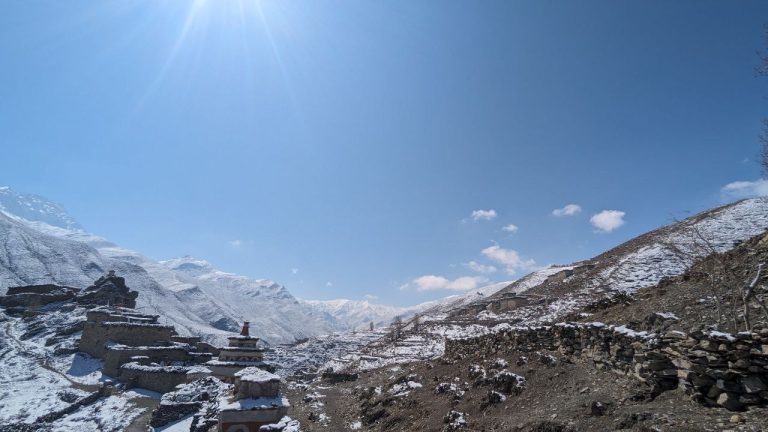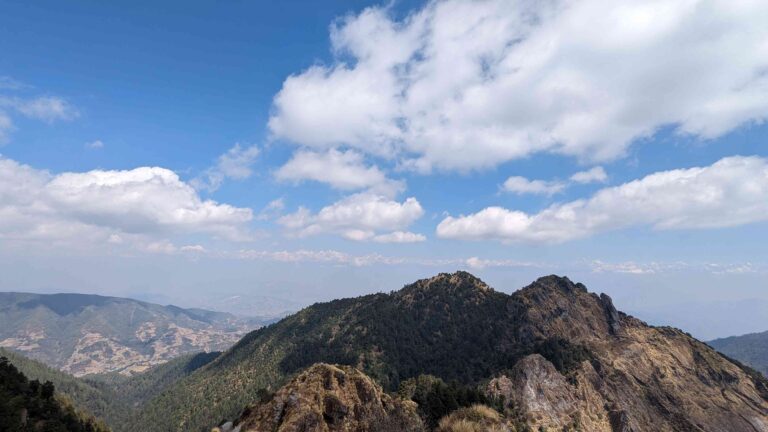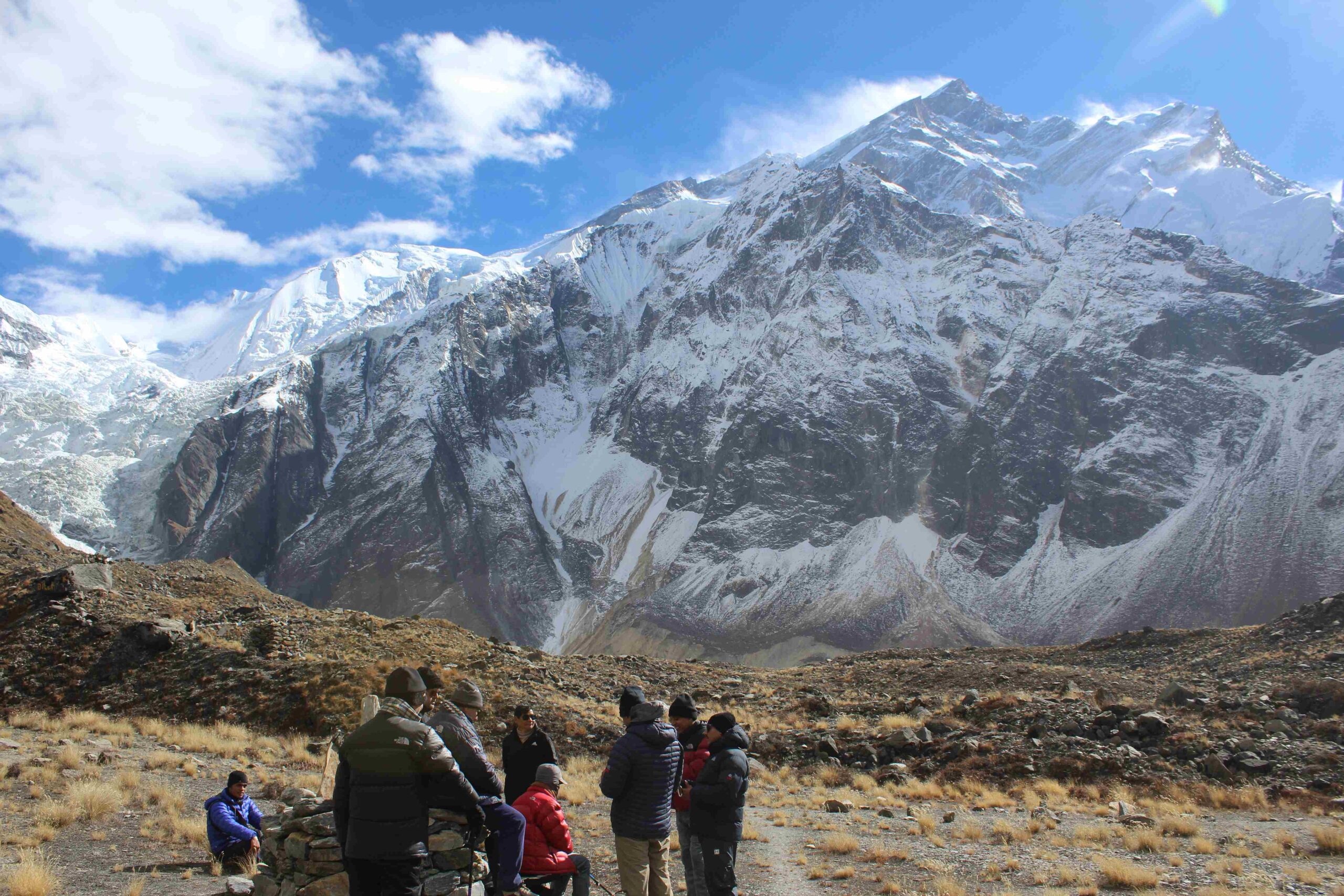The UNESCO Natural World Heritage Sites are places where nature has flourished for decades or even millennia. They give us a window into the past, they inspire hope for the future, and they serve as a constant reminder that we are only passing guests on this globe known as Earth.
The world has entrusted UNESCO with protecting some of the most extraordinary places on earth, with more than 1,000 natural world heritage sites. These locations house some of the most amazing natural features and phenomena that we can find. Each of these places is distinctive in its own way.
It can be enlightening to visit Nepal’s natural world heritage sites. These places are significant for their historical significance in addition to being home to some of nature’s best displays. Due to their extraordinary universal value, these locations are on the list of natural world heritage sites. They hold themselves to a very high standard of significance, genuineness, and authenticity. These locations encapsulate unreplaceable natural values and need to be safeguarded from outside dangers.
In Nepal, UNESCO has designated two natural world heritage sites for their exceptional value on a global scale as unique natural sites.
Here we bring you the list of natural world heritage sites in Nepal:
Sagarmatha National Park
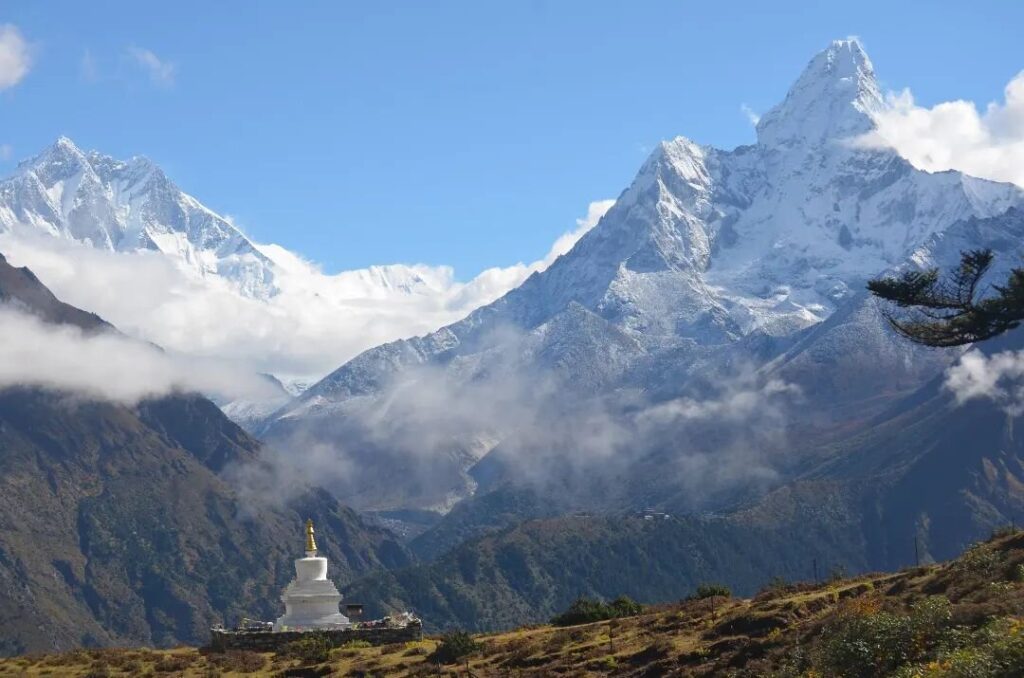
Sagarmatha National Park (SNP) is located in the Solu-Khumbu district of Nepal and spans an area of 124,400 hectares, including Mount Sagarmatha (Everest; 8,848 m), the highest point on Earth’s surface, and an elevation range of 6,000 m. The park is a magnificent territory with stunning mountains, glaciers, deep valleys, and seven peaks over 7,000 meters in elevation other than Mount Sagarmatha. It is home to various rare species including the snow leopard and the red panda. With about 2,500 Sherpa residents, SNP is a popular mountain tourism destination since its establishment in 1976. The park successfully combines environment and culture.
Activities in Sagarmatha National Park
- Trekking
- Mountaineering
- Expedition
- Cultural tour of Sherpas
Accommodation in Sagarmatha National Park
- Resorts and Hotels
- Tea Houses
- Camping
Wildlife in Sagarmatha National Park
- Himalayan tahr
- ghoral,
- musk deer,
- pika (mouse hare),
- weasel,
- jackal,
- black bear,
- wolf,
- lynx and snow leopard
Birds in Sagarmatha National Park
118 species of birds including impeyan pheasant (Danphe), blood pheasant, red-billed chough, yellow-billed chough, snow cock, snow pigeon, Himalayan griffon etc.
Vegetation: Pine and hemlock forests at lower altitudes, while above 3,500 m, forests are dominated by silver fir, birch, rhododendron and juniper trees
Best Season to Visit Sagarmatha National Park
- October-November and March-May;
- December-February (snow, daytime temperature 5 degrees Celsius)
- June-September (rainy)
SNP Entrance Fee
- Nepali – NPR 25 per person per entry
- SAARC nationals – NPR 1,500 per person per entry,
- foreigners – NPR 3,000 per person per entry
Also read: Lamjung Peak Base Camp Trek – YTROT
Chitwan National Park
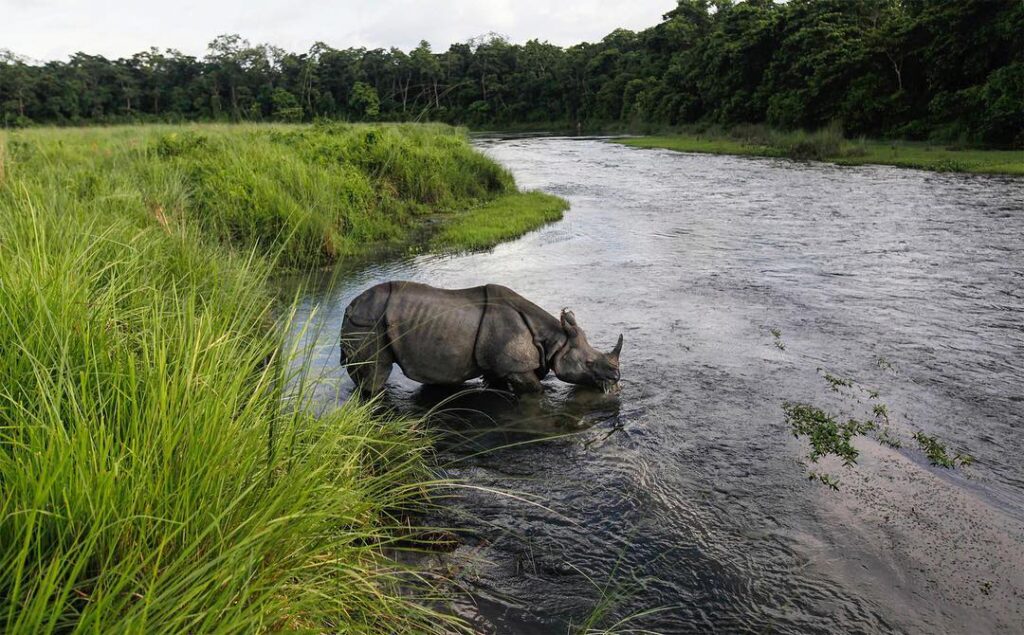
Chitwan National Park (CNP) was established as Nepal’s first national park in 1973. (CNP). One of the last populations of single-horned Asiatic rhinoceroses and one of the Bengal Tiger’s few remaining safe havens can be found in Chitwan, which is tucked away at the foot of the Himalayas. It also has a huge diversity of different plants and animals. The property is located in Nepal’s Southern Central Terai, where it once extended across the foothills, and spans four districts: Chitwan, Nawalparasi, Parsa, and Makwanpur.
The park, which spans a subtropical lowland sandwiched between two east-west river basins at the foot of the Siwalik range of the outer Himalayas, is the last surviving example of the natural ecosystems of the “Terai” region. The core area extends over the Sumeswar and Churia hills, from the Dawney hills west of the Narayani, and borders with the Parsa Wildlife Reserve to the east. It is located between the Narayani (Gandak) and Rapti rivers to the north and the Reu River and Nepal-India international border to the south.
Activities in Chitwan National Park
- Jungle Safari,
- jungle walk,
- canoe ride,
- jeep drive,
- experience of Tharu culture
Accommodation
Resorts, hotels and lodges
Wildlife in Chitwan National Park
56 species of mammals that include One-horned rhinoceros, Royal Bengal Tiger, rhesus monkey, langur, deer, leopard, gaur, wild boar, wild dog and wild cat; 49 species of amphibians and reptiles that include the endangered long snouted gharial, marsh mugger crocodile and python
Birds in Chitwan National Park
525 species of birds that include summer migrant birds like paradise flycatcher, Indian pitta and parakeets etc. during summer, while winter birds include waterfowl, Brahminy ducks, pintails, bar-headed geese, cormorants and migratory birds from Siberia
Vegetation
Tropical and sub-tropical forests
Best Season
October-March (average temperature 25 degrees Celsius), April- June (hot, up to 43 degrees Celsius), July-September (rainy)
Entrance Fee for Chitwan National Park
- Nepali – NPR 100 per day per entry,
- SAARC nationals – NPR 750 per person per day,
- Foreigners – NPR 1,500 per person per day
Also see: Kanchenjunga Base Camp Trek – YTROT
